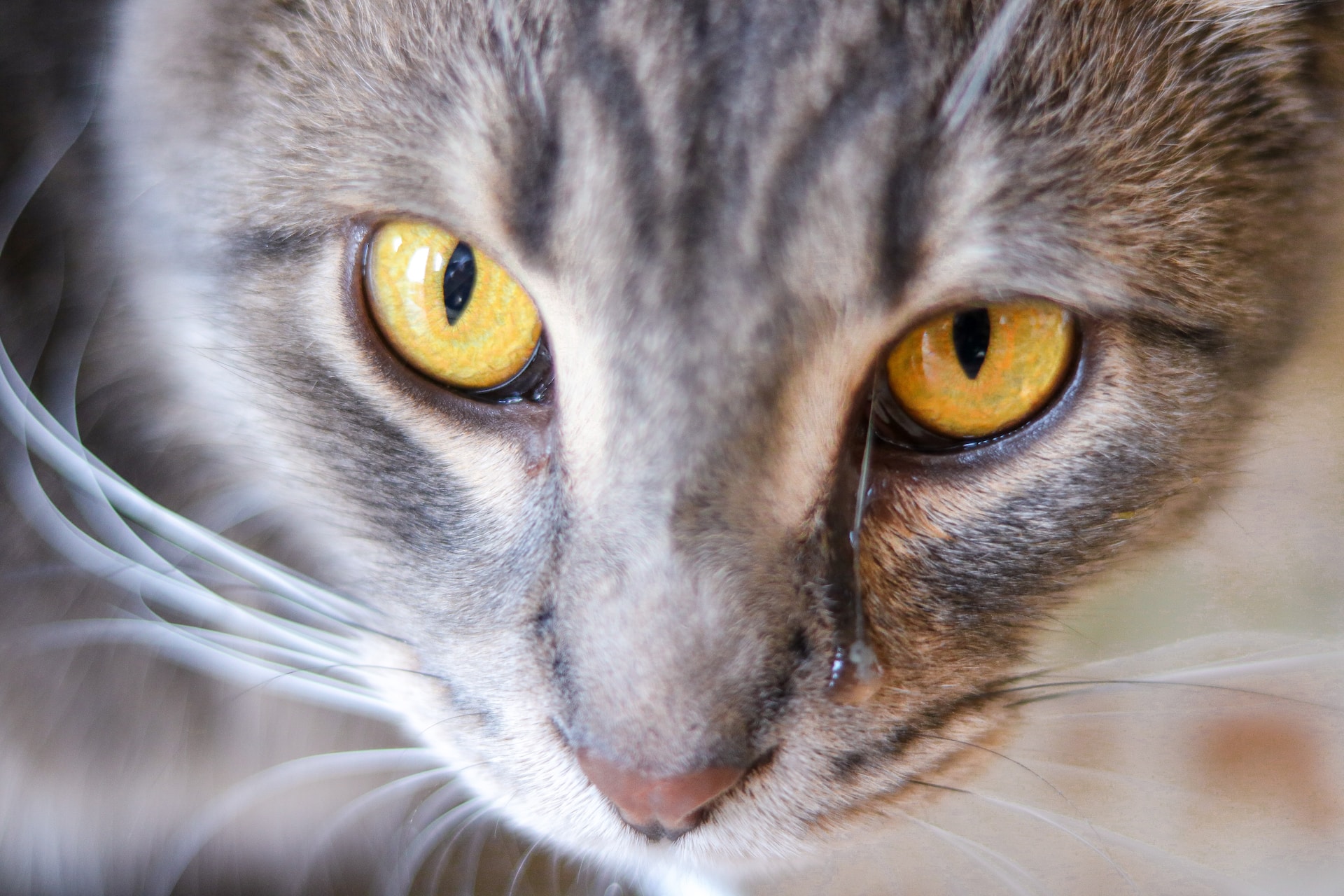Cat Eye infections can be a source of discomfort and concern for pet owners. These infections can arise from various causes, such as bacteria, viruses, or even allergies, and require prompt attention to prevent complications.
This article provides an overview of the symptoms, causes, and treatment options for cat eye infections.
Recognizing the Symptoms
The first step in addressing a cat eye infection is recognizing its symptoms. Common signs include:
- Redness or swelling in or around the eye
- Excessive tearing or discharge, which may be clear, green, or yellow
- Squinting or keeping the eye closed
- Pawing at the eye or increased blinking
- Sensitivity to light
If you notice any of these symptoms in your cat, it’s important to consult a veterinarian for an accurate diagnosis and appropriate treatment.
Understanding the Causes
Cat eye infections can be caused by various factors. The most common include:
- Bacterial Infections: Often result from injuries or foreign bodies in the eye.
- Viral Infections: Such as Feline Herpesvirus, which is a common cause and can lead to recurrent infections.
- Fungal Infections: Less common and usually occur in immunocompromised cats.
- Allergies: Can cause eye irritation and mimic infection symptoms.
- Blocked Tear Ducts: Can lead to excessive tearing and secondary infections.
Knowing the underlying cause is crucial for effective treatment.
Treatment Cat Eye Infections
Treatment for cat eye infections varies based on the cause:
- Antibiotics: If the infection is bacterial, your vet may prescribe antibiotic eye drops or ointment.
- Antiviral Medications: For viral infections like Feline Herpesvirus, specific antiviral treatments are necessary.
- Steroids and Anti-Inflammatory Drugs: To reduce inflammation and pain.
- Surgery: In rare cases, such as blocked tear ducts, surgical intervention may be required.
It’s important to follow the veterinarian’s instructions carefully and complete the full course of medication, even if the symptoms seem to improve.
Home Care Tips
In addition to veterinary treatment, there are things you can do at home to help your cat:
- Keep the eye area clean by gently wiping away discharge with a damp, soft cloth.
- Prevent your cat from scratching or rubbing its eye.
- Ensure your cat completes the full course of any prescribed medication.
Prevention Tips
Preventive measures can reduce the risk of eye infections:
- Regular check-ups with a veterinarian.
- Keeping up with vaccinations, especially for outdoor cats.
- Maintaining good hygiene and a clean living environment.
- Observing your cat for early signs of illness or discomfort.
Conclusion
Eye infections in cats, while common, should never be taken lightly.
Early detection, appropriate veterinary care, and good home management are key to ensuring your cat’s quick recovery and overall well-being. Remember, a healthy cat is a happy cat!
—
This article provides a basic overview, but it’s always best to seek professional veterinary advice for specific concerns regarding your pet’s health.

